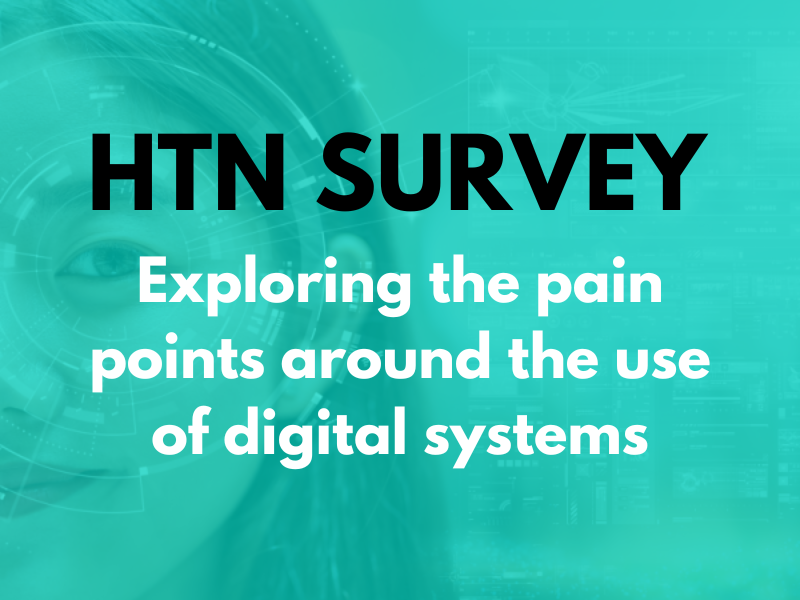HTN recently caught up with Mahi Muqit, senior vitreoretinal consultant at Moorfields Eye Hospital and the Institute of Ophthalmology at UCL, to learn more about the European clinical trial of a new bionic eye implant involving 38 patients at 17 sites across five countries.
The study tested the PRIMA device in patients with dry age-related macular degeneration (AMD), who had lost complete sight. Following activation, participants, some of whom reportedly could not see the vision chart at all prior to surgery, were able to read five lines on average.
On the study’s motivations, Mahi shared that ten years ago he’d been involved with the original company, Pixium Vision, who at that time had two devices – a device named IRIS II for inherited retinal conditions, and the PRIMA device. “During my fellowships and my training I’d seen other devices being used in patients, so I was very interested in technology,” he said. “But this is probably the most likely successful device for patients I’ve seen – there were no treatments to restore vision for patients with macular degeneration, so that’s what made me want to get involved.”
The study set out to help patients with advanced dry AMD and a form called geographic atrophy, where the macula degrades over the years, causing patients to progressively lose vision. “There’s no treatment for this particular type of geographic atrophy, so patients are essentially registered blind,” Mahi told us. “I was speaking to patients who fit that criteria and enrolled five patients from Moorfields, who were all successfully implanted a couple of years ago now.”
As far as the technology, Mahi told us how the chip itself is about half the thickness of a human hair, with 378 pixels made up of photovoltaic cells, which he describes as “like little solar panels”. They also work in the same way, absorbing a particular wavelength of light that stimulates the pixel to create electrical signals, he continued. “Patients have essentially lost the photoreceptors and supporting cells – the outer retina is gone, but they still have the inner retina, so the chip is actually implanted into the subretinal space, essentially working as an electronic photoreceptor.”
About four-to-six weeks after the chip has been successfully implanted, the patient is given glasses with a video camera attached, which captures the visual scene and is then projected through the glasses and converted to infrared light. “At the same time, the signals from the visual scene are processed by the computer on the patient’s waist, which has software designed to refine the image. Initially they see flashing lights, and then as the patients are trained and the signals are refined, the image is passed up the glasses to the chip through infrared light, it fires up the chip, stimulates the retina, the signals go down the optic nerve to the visual cortex.”
Over time, a patient’s vision improves, Mahi said. “They’re reading letters, numbers, words, then sentences in books, journals, and so on. They can actually physically see the words, which I believe is the most significant finding that’s ever been made in this field, as it’s actually achieving meaningful vision.”
Talking about measuring outcomes, Mahi noted that this was a pivotal study, as it was “the study before you look for approval”. That meant any outcome(s) needed to be meaningful for the population. “That outcome was visual acuity,” he said, “measured using a vision chart, with patients needing to achieve a certain number of lines of improvement on that chart in order for the study to meet its primary objective.” Ultimately, that was measured at two lines on a vision chart, with 84 percent of patients achieving this outcome. “The device also has a zoom function, and with maximum zoom patients can read and resolve letters on a vision chart,” Mahi told us, “and we found that by using that patients could see even further down the chart.”
The next step will be CE marking and regulatory approvals in each of the countries that the trial is involved with, according to Mahi, including five countries in Europe. “In the UK, we’ll be looking for approvals from the MHRA, NICE and NHS England in the future, so we can offer this device to patients with the condition. That process is ongoing, and is likely to take one or two years.”
Looking to the future, Mahi considers that there could be the potential for the technology to be used for a range of other previously untreatable conditions. “In the history of artificial vision, this represents a new era,” he said. “Blind patients are actually able to have meaningful central vision restoration, which has never been done before. Getting back the ability to read is a major improvement in their quality of life, lifts their mood and helps to restore their confidence and independence.”
In a separate press release issued by Moorfields, Max Hodak, co-founder and CEO of Science Corporation, the company behind the PRIMA technology, is quoted: “We are excited about the potential of PRIMA to redefine vision restoration for these patients. In Europe, we have applied for the CE mark and hope to have PRIMA available to patients next year. In the US and elsewhere, a similar process is underway.”





